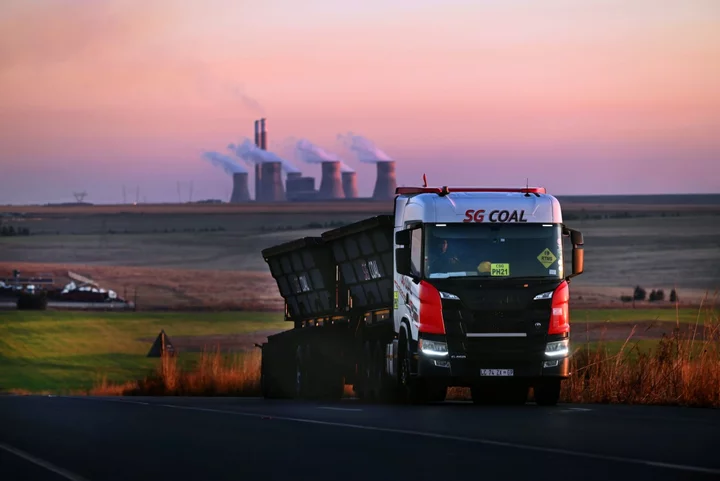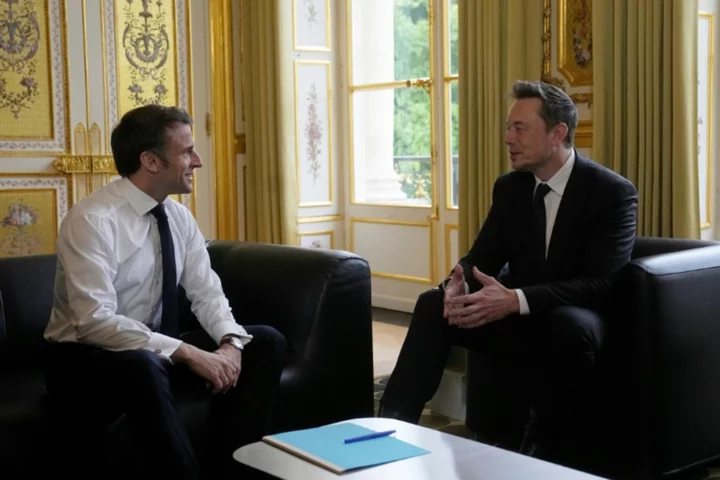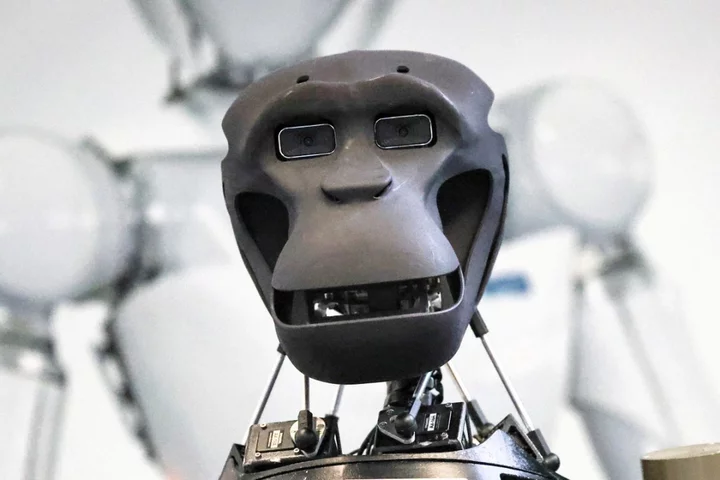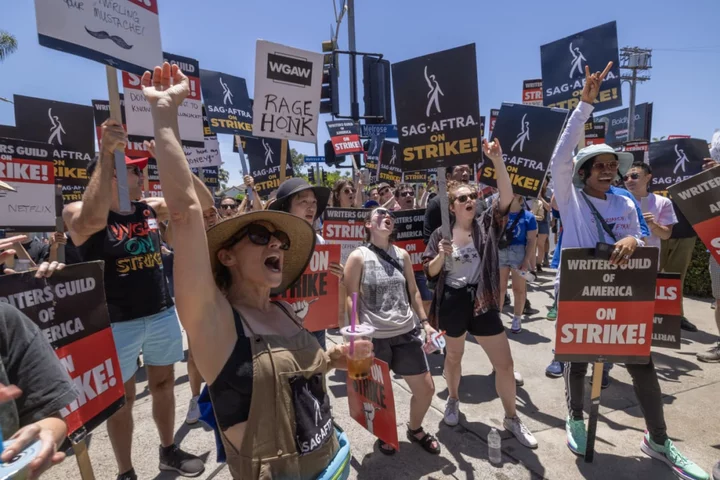South Africa’s cabinet will consider a proposal on whether to include the Netherlands and Denmark in its landmark $8.5 billion climate-finance pact with some of the world’s richest nations.
Expanding the so-called Just Energy Transition Partnership could give momentum to the implementation of an agreement that’s been bogged down by delays and opposition from South African coal miners since it was announced almost two years ago at the COP26 climate summit in Glasgow.
“The matter will be tabled before cabinet and thereafter a decision will be communicated,” said Vincent Magwenya, South African President Cyril Ramaphosa’s spokesman. He declined to comment further.
The pact with the UK, US, France, Germany and the European Union to help South Africa reduce its reliance on coal, which is used to generate more than 80% of its electricity, is seen as a blueprint for deals agreed later with other coal-dependent developing nations such as Indonesia and Vietnam. South Africa is the world’s 14th-largest source of climate-warming greenhouse gases.
The proposal to include the Netherlands and Denmark was made by the existing pact signatories several months ago, people familiar with the situation said. Their admission would ease earlier tensions between rich nations aiming to bolster their climate credentials, as the JETP funding partners group had initially been confined to Group of Seven members, they said.
It’s unclear what the Netherlands and Denmark would contribute to the pact. Both countries have already invested in helping South Africa transition away from fossil fuels and have courted the country diplomatically in recent months.
In an interview in September, Dan Jorgensen, Denmark’s climate minister, said talks were being held with South Africa over participation in its energy transition and that his country had allocated “a very big amount” of funding to help support it. He didn’t specify if Denmark wanted to enter the JETP.
Mark Rutte, the prime minister of the Netherlands, and Mette Frederiksen, his Danish counterpart, visited South Africa in June, accompanied by business delegations. During that visit, state-backed Dutch firms pledged backing for the creation of a $1 billion green hydrogen fund in South Africa and a €300 million ($317 million) public infrastructure fund to invest in water and energy.
Green Energy
Frederiksen said her country would contribute about 3.2 billion rand ($171 million) to green energy projects in South Africa. Denmark has also been advising Pretoria on wind energy and the creation of an electricity market, while the Netherlands has funded a project to replace jobs at a coal-fired power plant with an agriculture initiative.
The king and queen of the Netherlands are currently in South Africa, accompanied by cabinet ministers and business leaders from that country.
The climate pact is politically perilous for Ramaphosa.
South Africa’s coal-mining industry employs about 90,000 people, the power plants thousands more and associated industries such as trucking have bolstered Black-owned firms that were denied business opportunities during apartheid.
‘Guinea Pig’
Ramaphosa’s energy and electricity ministers have both said South Africa is being used as a “guinea pig” for the green transition and questioned the need to close down coal-fired plants as agreed in the pact.
The government expects to produce a long-delayed implementation plan for the agreement, which would allow funds to flow, by the start of the COP28 meeting in Dubai on Nov. 30. An attempt to wrap up that process as early as March was derailed by complaints by powerful labor unions allied to the ruling party that they weren’t adequately consulted.
Additional talks don’t appear to have gone well. On Oct. 2, the National Union of Mineworkers, the biggest group at state power utility, Eskom Holdings SOC Ltd., called for the pact’s suspension because it threatened 51,000 jobs in the coal and power industries and those that depend on them.
Nevertheless, many of South Africa’s 14 coal-fired power stations are nearing their end of life and constantly break down, causing frequent outages. With little finance available to fund the construction of new plants that run on fossil fuels, the supply gap supply is largely being met by a rapid expansion of privately funded renewable generation capacity.









